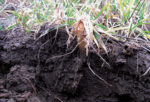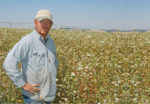Build Up Your No-Till Soils and Earthworms Will Come
Reducing tillage, adopting controlled traffic, seeding cover crops and improving drainage can help no-tillers build populations of these nutrient-laden subterranean creatures.
Read More











